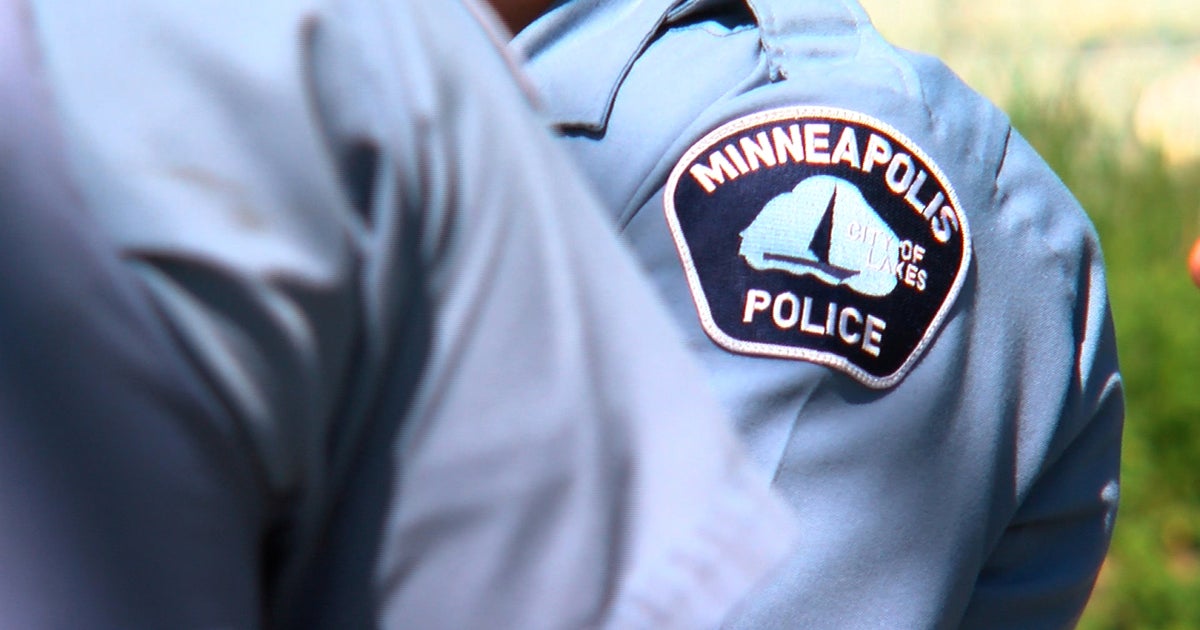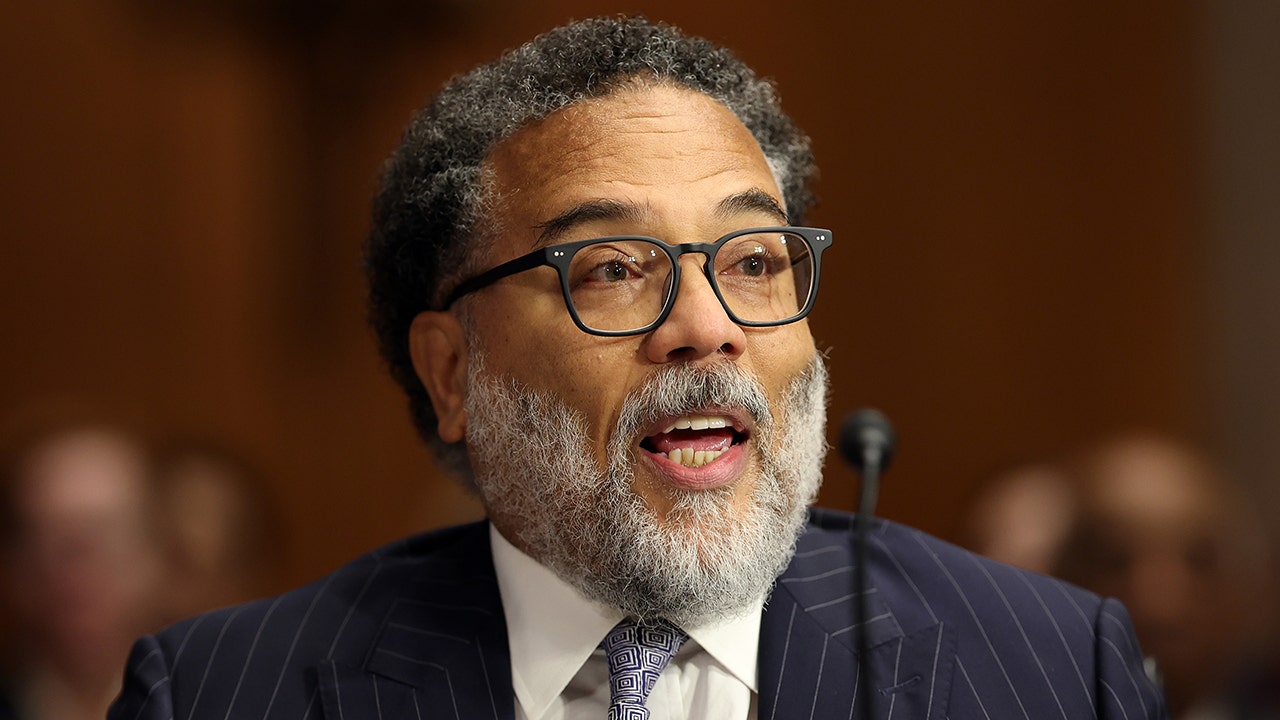Education
Mother of 6-Year-Old Who Shot Teacher Pleads Guilty to Child Neglect

The mother of a 6-year-old who shot his first-grade teacher in a Virginia classroom pleaded guilty on Tuesday to a charge of felony child neglect, according to prosecutors and a lawyer for the mother.
The mother, Deja Taylor, 26, appeared in court in Newport News, Va. Prosecutors for the commonwealth agreed to drop a second misdemeanor count of child endangerment involving a loaded weapon, they said in a statement.
Ms. Taylor’s lawyer, James S. Ellenson, said that while the child neglect charge would carry a maximum sentence of five years in prison, prosecutors had agreed not to deviate from the state recommendation of one to six months imprisonment, given her lack of criminal history.
“She’s upset,” Mr. Ellenson said Tuesday, noting that Ms. Taylor’s child, who was undergoing therapy, was now in the full custody of his grandfather. “It’s a big mess.”
Ms. Taylor’s guilty plea is the latest development in a case that has drawn national attention amid debates over guns and school safety, especially given her son’s young age and his access to the weapon.
The shooting took place on Jan. 6, when the boy, a student at Richneck Elementary School, took out the gun, aimed it and fired at his teacher, the police said. The teacher, Abigail Zwerner, was seriously injured by the single bullet that passed through her hand and struck her chest.
“It’s changed me. It’s changed my life,” Ms. Zwerner told NBC’s “Today” show in March. She has filed a separate lawsuit seeking $40 million in damages from school officials, accusing them of gross negligence.
Last month, Ms. Taylor pleaded guilty to separate federal criminal charges for using marijuana while owning a firearm and making false statements about drug use when she bought the gun. She was indicted by a grand jury in April following an investigation by the Newport News Police Department and the office of the commonwealth attorney.
The child will not be charged, the commonwealth attorney said.
Sentencing for both the state and federal cases are scheduled for October. Ms. Taylor could face up to two years for the federal charges, Gene Rossi, the lawyer representing her in that case, said.
Mr. Rossi said he and Mr. Ellenson were hopeful that judges would allow Ms. Taylor to serve both sentences concurrently. “That she has taken responsibility for both cases I think will help her in the eyes of both judges who will be sentencing her,” he said on Tuesday. “Ms. Taylor feels horribly about the consequences of her son getting a hold of the gun.”
Howard E. Gwynn, the prosecutor, said that his office was still investigating the shooting. “The safety of our schools is of paramount importance, and we will continue to support the victims as they work through the effects of this incident,” he said.
Jacey Fortin contributed reporting.

Education
Video: Several Killed in Wisconsin School Shooting, Including Juvenile Suspect

new video loaded: Several Killed in Wisconsin School Shooting, Including Juvenile Suspect
transcript
transcript
Several Killed in Wisconsin School Shooting, Including Juvenile Suspect
The police responded to a shooting at a private Christian school in Madison, Wis., on Monday.
-
Around 10:57 a.m., our officers were responding to a call of an active shooter at the Abundant Life Christian School here in Madison. When officers arrived, they found multiple victims suffering from gunshot wounds. Officers located a juvenile who they believe was responsible for this deceased in the building. I’m feeling a little dismayed now, so close to Christmas. Every child, every person in that building is a victim and will be a victim forever. These types of trauma don’t just go away.
Recent episodes in Guns & Gun Violence
Education
Video: Biden Apologizes for U.S. Mistreatment of Native American Children

new video loaded: Biden Apologizes for U.S. Mistreatment of Native American Children
transcript
transcript
Biden Apologizes for U.S. Mistreatment of Native American Children
President Biden offered a formal apology on Friday on behalf of the U.S. government for the abuse of Native American children from the early 1800s to the late 1960s.
-
The Federal government has never, never formally apologized for what happened until today. I formally apologize. It’s long, long, long overdue. Quite frankly, there’s no excuse that this apology took 50 years to make. I know no apology can or will make up for what was lost during the darkness of the federal boarding school policy. But today, we’re finally moving forward into the light.
Recent episodes in Politics
Education
Video: Los Angeles Bus Hijacked at Gunpoint

new video loaded: Los Angeles Bus Hijacked at Gunpoint
transcript
transcript
Los Angeles Bus Hijacked at Gunpoint
The person suspected of hijacking a bus which killed one person, was taken into custody after an hourlong pursuit by the Los Angeles Police Department early Wednesday morning.
-
“Get him.”
Recent episodes in Guns & Gun Violence
-

 Business7 days ago
Business7 days agoThese are the top 7 issues facing the struggling restaurant industry in 2025
-

 Culture7 days ago
Culture7 days agoThe 25 worst losses in college football history, including Baylor’s 2024 entry at Colorado
-

 Sports6 days ago
Sports6 days agoThe top out-of-contract players available as free transfers: Kimmich, De Bruyne, Van Dijk…
-

 Politics5 days ago
Politics5 days agoNew Orleans attacker had 'remote detonator' for explosives in French Quarter, Biden says
-

 Politics5 days ago
Politics5 days agoCarter's judicial picks reshaped the federal bench across the country
-

 Politics3 days ago
Politics3 days agoWho Are the Recipients of the Presidential Medal of Freedom?
-

 Health2 days ago
Health2 days agoOzempic ‘microdosing’ is the new weight-loss trend: Should you try it?
-

 World7 days ago
World7 days agoIvory Coast says French troops to leave country after decades














